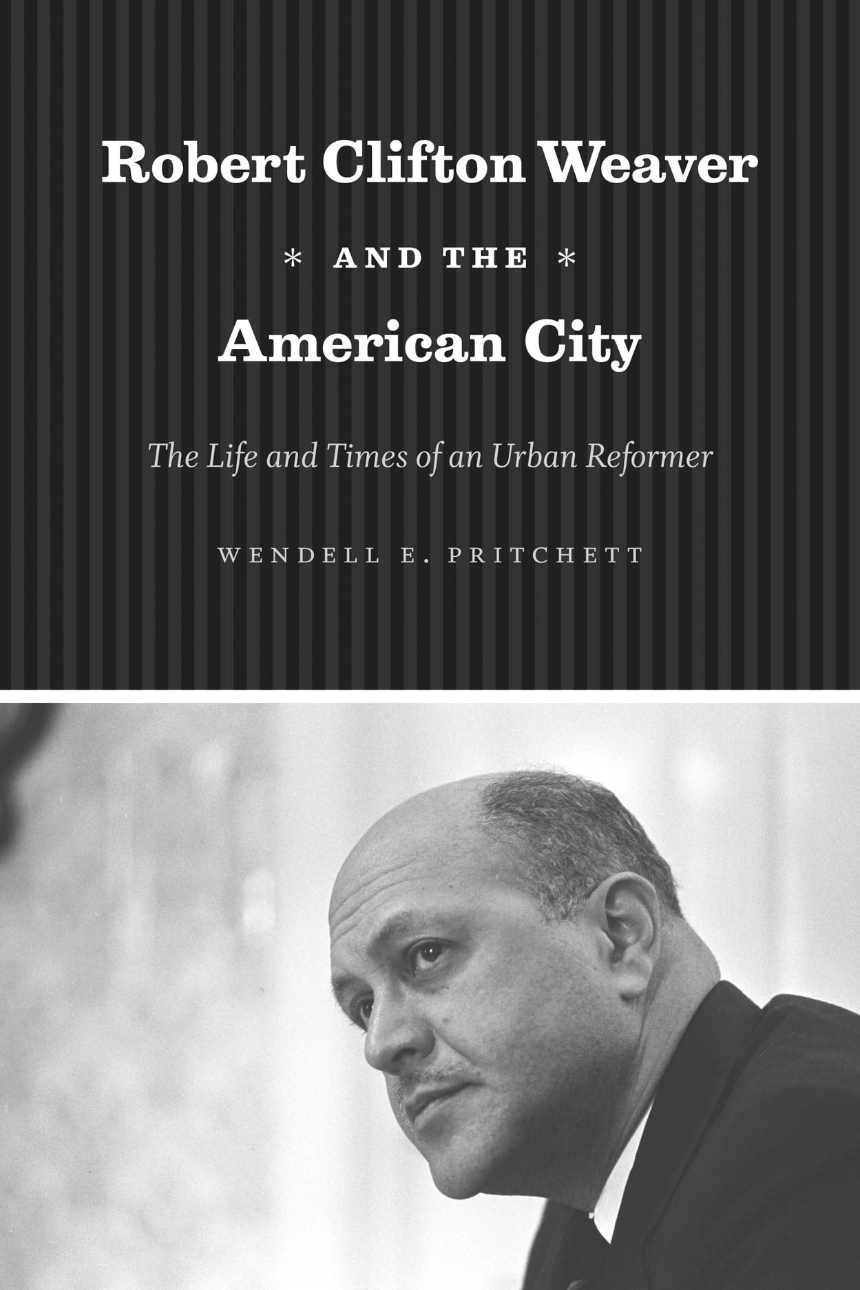On November 4, 2008, after months of hard-hitting campaigning and nationwide discussions on the need for change, the United States elected an African American for President. The campaign and subsequent election of Barak Obama rejuvenated liberals, enhanced America's image in the world, and, perhaps unintentionally, helped legitimize the idea of a color-blind America. Media pundits and social commentators nationwide claimed that Obama's election signified a shift in the way Americans conceptualize race and that there is no longer a need for policies that address racism and inopportunity because everyone, regardless of race or ethnicity, has an equal chance for success. History, however, might prove otherwise.

As we come to the end of the first decade of the twenty-first century, it is evident that discrimination, segregation, and economic hardship still plague our society especially in American cities, where segregation persists, working-class jobs have disappeared, and housing conditions are often dismal. Wendell E. Pritchett illuminates this truism in his recent book, Robert Clifton Weaver and the American City: The Life and Times of an Urban Reformer.
As the first African American cabinet member, Weaver holds a significant if largely forgotten place in the history of the United States. His biography, which Pritchett skillfully presents, is long overdue and is an important addition to our understanding of the ever contentious issues of race, the connection between racial policy and urban policy, and the role of the government in the United States in addressing these questions.
Weaver grew up middle-class. His upbringing and his experiences in college and graduate school in the early twentieth century situate him firmly within the black elite, what W.E.B. DuBois labeled the Talented Tenth. In 1933, Weaver became the first African American to earn a Ph.D. in economics from Harvard University (p. 30). Although he was highly qualified for a number of positions, his color prevented from obtaining many positions available to other (white) economists with advanced degrees.
Ironically, the Great Depression provided the impetus for his advancement within the federal government. As a New Dealer, Weaver subscribed to the belief that the federal government should expand its role to meet the needs of the people, a political position that grew more contentious throughout the postwar period and into the present.
Within the Kennedy administration, Weaver headed up the Housing and Home Finance Agency, which played an important role in governing the nation's urban housing and development initiatives. Finally, Weaver's appointment as the Secretary of Housing and Urban Development (HUD) under President Lyndon Johnson made him central to Great Society initiatives, the War on Poverty in particular. Moreover, Weaver's positions in between these appointments allowed him to continue his research and work to end residential segregation, a move that he believed would cement African American equality in the United States.
From his start as an advocate for black labor in debates over NRA codes, which garnered him his first position within the federal government, assistant advisor on the economic status of Negroes within the Department of Interior, to his retirement as HUD secretary, Weaver played a prominent role in forming policy on labor, race relations, and most especially, urban housing. His work sat at the intersection of race and the transformation of the American city at a moment when civil rights was viewed largely as a Southern issue. Although he was not a well-known leader of the race, his position within the Federal government allowed him to advocate for African Americans, to advance an agenda that highlighted the importance of and interconnectedness between race and urban development, and to create new possibilities for generations of black men and women. Throughout his illustrious career, Weaver had a place at the table in discussions over the best tactics for obtaining equal job and housing opportunity and his research helped highlight the need for federal policy in the areas of housing desegregation, urban renewal, and public housing. Pritchett rightfully calls Weaver a "racial pioneer" (p. 352).
Pritchett maintains that Weaver held firm to the traditional method of racial advancement, which revolved around working within the established system. He sought change through legislation, and then through the Presidency, and Weaver never wavered from that commitment even when his strategy failed to make any headway, when his efforts were later rolled back, or when other race leaders promoted alternative paths to equality.
One omission that might have enriched Pritchett's study is a critique of Weaver's strategy as it pertained to the larger civil rights movement. Although he is careful to point out both the victories and the losses of Weaver's approach, Pritchett does not engage in any in-depth analysis of that approach or its implications for creating meaningful change both in Weaver's lifetime and the future. It is often one of the problems with writing biographies that authors become so engaged in the life of their subjects that they shy from serious critique. But readers will want to know how why Weaver was unable to achieve more, and how his particular strategy might be revisited to meet the continuing problems of urban decline and racism in the United States, especially given the results of the 2008 election.
Nonetheless, Pritchett's account of Weaver's life is well researched and engaging. Readers interested in African American history, civil rights history, urban history, or government history will surely find much to appreciate in Pritchett's interpretation. This examination of Weaver's life is an excellent example of how biography can be used to shed light on broader social, cultural, and political issues and how the stories of individual people—the building blocks of history—can provide an effective and intimate illustration of the past.
